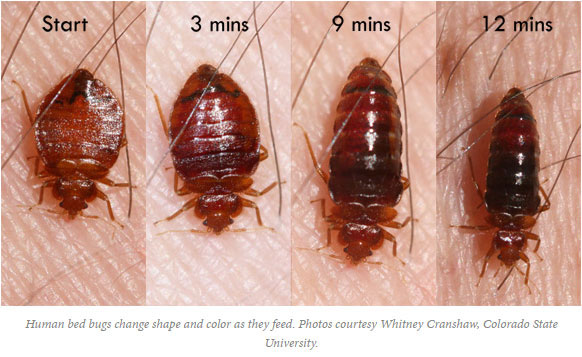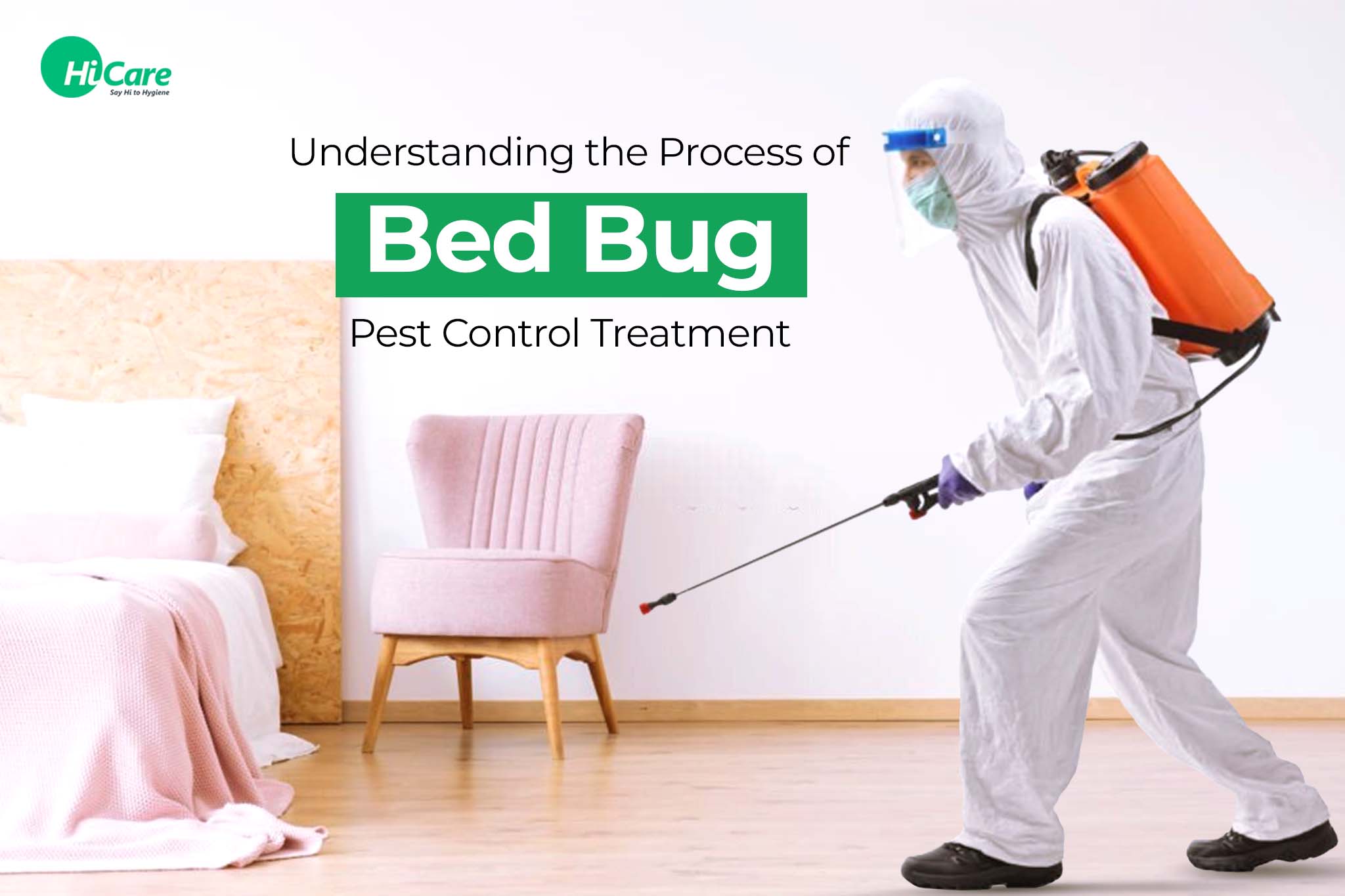A1 Bed Bug Removal Houston: Relied On Extermination Services
A1 Bed Bug Removal Houston: Relied On Extermination Services
Blog Article
Understanding the Lifecycle of Parasites for Targeted Control Techniques
Recognizing the lifecycle of parasites is a basic facet of reliable parasite management approaches. By understanding the various phases of growth that parasites undergo, an extra specific and targeted strategy can be adopted to regulate their populaces. This expertise not just clarifies the susceptabilities within the parasite lifecycle but additionally paves the method for applying calculated actions that can interrupt their growth and reproduction cycles. Through a much deeper understanding of just how parasites develop and prosper, customized control strategies can be created to address particular points in their lifecycle, eventually causing even more effective parasite management end results.
Significance of Comprehending Parasite Lifecycle
Comprehending the lifecycle of pests is essential for creating reliable and targeted control strategies in pest management. By understanding the different stages a parasite experiences from egg to grownup, parasite control professionals can determine susceptible points in the lifecycle where intervention can be most effective. Understanding when larvae are most active can help establish the ideal timing for using larvicides. Additionally, recognizing the life-span of a bug species can help in anticipating population development patterns and possible problem risks.
Furthermore, identifying the specific ecological conditions needed for each and every phase of the bug's lifecycle can lead choices on habitat adjustment or exclusion approaches to minimize and disrupt the lifecycle parasite populaces. This expertise allows pest monitoring experts to execute proactive steps instead than relying solely on responsive therapies, causing more long-lasting and lasting parasite control remedies. Inevitably, a complete understanding of insect lifecycles empowers insect control specialists to tailor their approaches effectively, maximizing and lessening ecological influences control outcomes.
Trick Stages in Insect Advancement
To efficiently execute targeted control strategies in parasite monitoring, a critical facet exists in adequately identifying and comprehending the vital stages in pest growth. Parasite growth typically consists of numerous crucial phases that are critical for their lifecycle and monitoring. The very first phase is the egg stage, where parasites lay eggs that later on hatch into larvae. Larvae after that proceed into pupae, a phase where they undertake metamorphosis prior to becoming grown-up insects. Understanding these stages is important as it aids in identifying at risk points in the lifecycle where control actions can be most effective.

Susceptabilities in Parasite Lifecycle
Throughout the numerous stages of a bug's lifecycle, unique vulnerabilities emerge that can be tactically targeted for efficient control actions. One essential susceptability lies in the egg stage, where parasites are typically more at risk to particular insecticides or organic control representatives because of their soft outer shell, making them much easier targets for treatment. In addition, the nymph or larval stage provides vulnerabilities as parasites undertake quick growth and advancement, requiring high power usage that can be manipulated by interrupting their food sources or introducing growth inhibitors. Pupal stages, identified by immobility and makeover, provide a window for targeted control via physical barriers or specific treatments that impede successful emergence. Lastly, grown-up insects, while much more resilient as a result of their reproductive capability, can still be at risk throughout mating or egg-laying activities, which can be interrupted via pheromone traps or sterilization methods. Understanding description these susceptabilities in the pest lifecycle is important for creating precise and effective control approaches that efficiently take care of bug populations while decreasing ecological effect.
Implementing Targeted Control Steps

Carrying out targeted control measures commonly involves a multi-faceted strategy. This might consist of environment alteration to make the atmosphere less congenial to parasites, such as eliminating standing water for mosquito control or securing entrance factors for rats. Additionally, biological control techniques can be made use of, where all-natural predators or pathogens are presented to maintain pest populaces in check.
Integrated look these up Pest Administration (IPM) methods that combine numerous control measures in a coordinated and lasting fashion are often the most reliable in accomplishing long-lasting pest monitoring goals. By carrying out targeted control actions based on a comprehensive understanding of bug lifecycles, pest populations can be successfully managed while lessening dangers to human health and the environment.
Boosted Pest Management Practices

Moreover, the incorporation of biological control representatives, such as all-natural killers or virus of pests, can aid lower reliance on chemical pesticides and advertise an extra well balanced ecosystem. Implementing physical obstacles and catches can additionally become part of improved insect administration techniques, offering safe and targeted solutions for insect control. Additionally, using scents and other semiochemicals can interfere with pest mating patterns and communication, leading to lowered pest populations with time.
Final Thought
By identifying key stages in pest advancement and susceptabilities in their lifecycle, targeted control measures can be implemented to reduce insect populations. Enhanced pest management techniques can assist lower the dependence on check this broad-spectrum pesticides and advertise more sustainable and ecologically pleasant insect control methods.
Comprehending the lifecycle of insects is crucial for establishing reliable and targeted control approaches in pest monitoring. By understanding the different stages an insect goes via from egg to grownup, pest control experts can determine prone factors in the lifecycle where treatment can be most effective. Inevitably, a thorough understanding of pest lifecycles empowers bug control specialists to customize their methods effectively, minimizing ecological impacts and making best use of control outcomes.
By executing targeted control procedures based on an extensive understanding of bug lifecycles, pest populaces can be effectively managed while reducing threats to human health and the atmosphere.
By identifying key phases in pest growth and vulnerabilities in their lifecycle, targeted control actions can be applied to lessen pest populaces.
Report this page